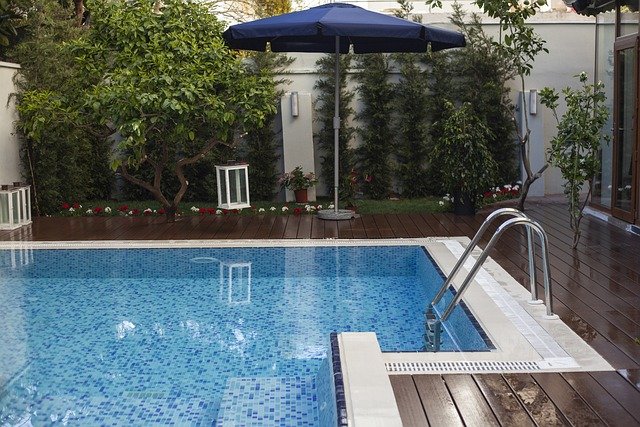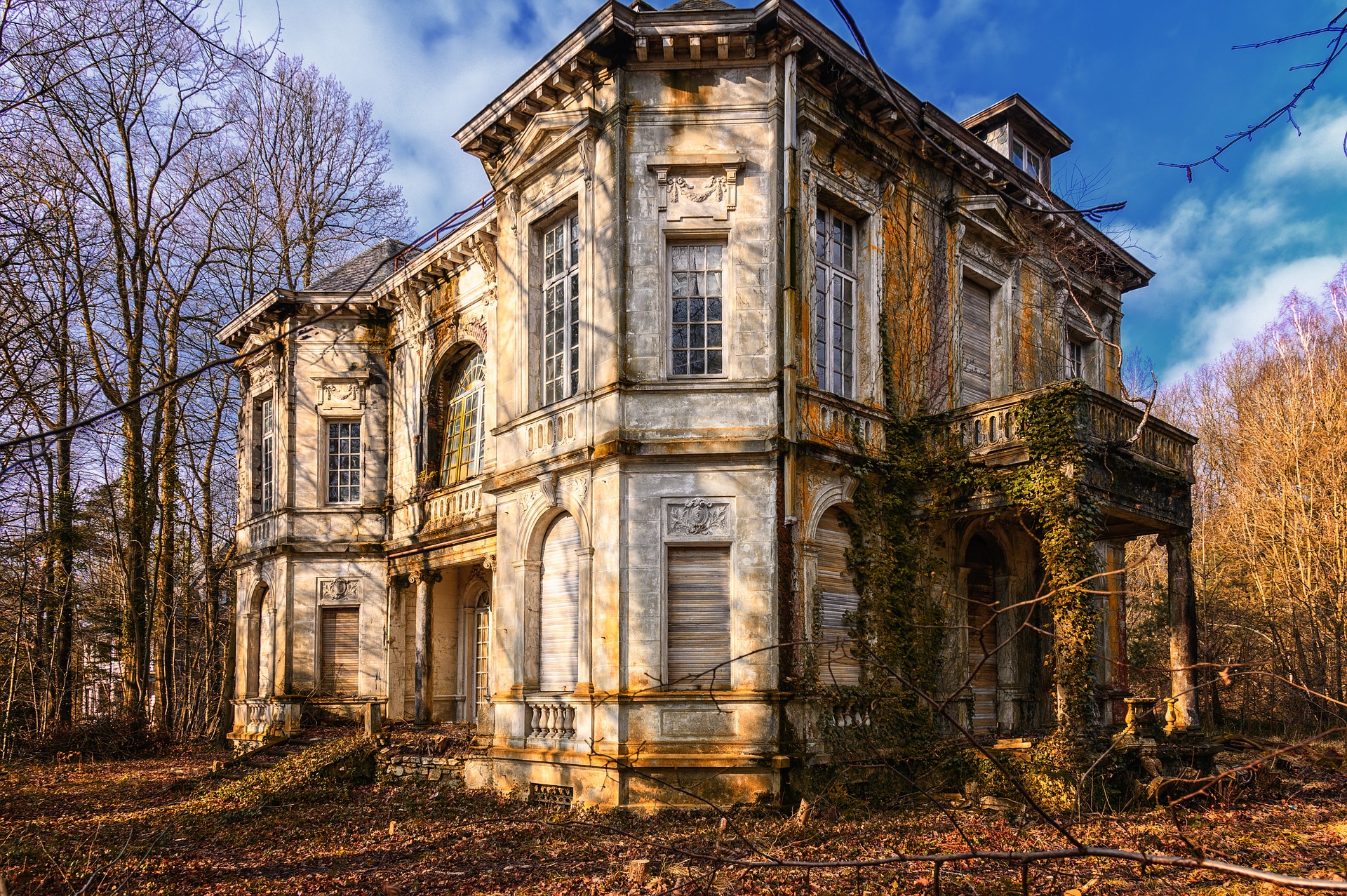New Generation Backyard Pools: 2025’s Top Trends
The landscape of backyard pools is transforming, with 2025 trends highlighting their role in enhancing Australian homes. From sustainable features and smart technology to seamless integration with outdoor living spaces, these pools are evolving into essential investments for homeowners. Discover the innovative designs and advanced materials that promise to redefine residential outdoor environments in the coming years.

What Makes Sustainable and Smart Pool Features Innovative?
The future of backyard pools lies in sustainability and smart technology. In 2025, we can expect to see a surge in eco-friendly pool systems that minimize water and energy consumption. Solar-powered heating and pumps are becoming standard, while advanced filtration systems reduce the need for harsh chemicals. Smart pool technology is also taking center stage, with automated cleaning systems, water quality monitors, and mobile app controls allowing homeowners to manage their pools effortlessly.
Innovation extends to the materials used in pool construction. Self-cleaning surfaces and UV-resistant finishes are reducing maintenance needs, while new composite materials offer durability and design flexibility. These advancements not only make pools more environmentally friendly but also more cost-effective in the long run.
How Are Pools Integrating with Outdoor Living Spaces?
The concept of the backyard pool is expanding beyond just a body of water. In 2025, we’ll see pools becoming the centerpiece of comprehensive outdoor living areas. Designers are creating seamless transitions between indoor and outdoor spaces, with pools that extend right up to the home’s threshold. Infinity edges, beach entries, and sunken lounge areas are blurring the lines between pool and patio.
Integrated outdoor kitchens, fire pits, and seating areas are being designed to complement the pool, creating multi-functional spaces for entertaining and relaxation. Landscaping is also playing a crucial role, with native plants and water features that harmonize with the pool’s design, creating a cohesive backyard ecosystem.
Wellness and Resort Elements: Beyond Traditional Swimming
The pools of 2025 are not just for swimming; they’re designed to promote overall wellness. We’re seeing an increase in features like hydrotherapy jets, lap lanes for exercise, and built-in underwater speakers for aqua fitness classes. Cold plunge pools and heated spa sections are being incorporated to offer contrast therapy, known for its health benefits.
Resort-style elements are making their way into residential pools, with swim-up bars, submerged loungers, and waterfall features creating a luxury retreat atmosphere. Lighting design is also evolving, with chromatherapy options and programmable LED systems that can transform the pool area for different moods and occasions.
Designing Pools for Limited Spaces
Urban dwellers and those with smaller yards are not left out of the pool revolution. Innovative designs for compact spaces are on the rise, with plunge pools, cocktail pools, and vertical gardens becoming popular options. These smaller pools often incorporate powerful jets for swimming in place or hydrotherapy, maximizing functionality in minimal square footage.
Movable floor systems are gaining traction, allowing homeowners to adjust the pool’s depth or even cover it entirely when not in use, effectively creating a multi-use space. Rooftop and balcony pools are also becoming more common in urban settings, with advancements in lightweight materials and structural engineering making these installations more feasible and safe.
Pool Investment and Cost Considerations
As pools become more technologically advanced and feature-rich, it’s important to consider the investment carefully. While initial costs may be higher for smart and sustainable pools, the long-term savings in maintenance and energy costs can be substantial.
| Pool Type | Average Cost Range (AUD) | Key Features |
|---|---|---|
| Traditional Inground Pool | $30,000 - $80,000 | Basic design, standard filtration |
| Smart Pool | $50,000 - $100,000 | Automated systems, energy-efficient features |
| Eco-Friendly Pool | $40,000 - $90,000 | Solar heating, natural filtration |
| Compact Plunge Pool | $20,000 - $50,000 | Space-saving design, jetted options |
| Luxury Resort-Style Pool | $100,000+ | High-end finishes, integrated outdoor living features |
Prices, rates, or cost estimates mentioned in this article are based on the latest available information but may change over time. Independent research is advised before making financial decisions.
When considering a pool investment, it’s crucial to factor in ongoing costs such as maintenance, energy consumption, and potential repairs. Smart and eco-friendly pools may have higher upfront costs but can offer significant savings over time. Additionally, the added value to your property and lifestyle should be considered as part of the overall investment.
As we look towards 2025, the future of backyard pools is bright, innovative, and increasingly tailored to individual needs and environmental considerations. From sustainable technologies to wellness-focused designs, the new generation of pools is set to transform Australian backyards into sophisticated, multifunctional outdoor living spaces that offer both relaxation and recreation.




